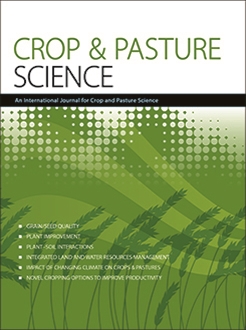Context. The productivity of crops is influenced by the available net water balance, which relies on a complex interplay of edaphic and climatic factors. In this sense, rainfall is the leading water input for crop growth and yield, especially in water-scarce regions under semi-arid climates worldwide.
Aims. This study aimed to define the optimum cropping calendar and the agroclimatic and agroecological zones for rainfed maize in the state of Ceará, which is predominantly located within the Brazilian semi-arid region, assuming different rainfall scenarios.
Methods. We considered the subdivision of the study area into eight homogeneous precipitation regions according to the regional rainfall pattern. The climatic water balance for each region over two decades was calculated from historical weather data series, assuming three rainy scenarios: dry, regular, and rainy. The agroclimatic zoning was defined through the crop water balance results, soil classification, land use and occupation, slope and temperature, weighted through a multi-criteria decision analysis based on the Analytic Hierarchy Process.
Key results. The recommended planting period was broader in rainy conditions. However, there may be some dry spells between two 10-day intervals of the calendar, which impair plant growth depending on their intensity. For the dry scenario, the agroclimatic zoning showed that the marginal water deficiency covered 96.55% of the study area.
Conclusions. Rainfed maize cultivated under the semi-arid climate of Ceará state is viable in rainy conditions, partially restricted in regular years, and not recommended in dry years.
Implications. This study emphasises the importance of climate monitoring in effective planning for rainfed maize cultivation in semi-arid regions.






